According to the World Health Organization (WHO), there are an estimated 77 million people above the age of 18 years with type 2 diabetes in India and nearly 25 million are prediabetics who are at a higher risk of developing diabetes in the near future. Furthermore, more than 50% of people are unaware of their diabetic status which leads to health complications if not detected and treated early. This reflects the need for improved treatment along with an increased awareness of the disease and preventive measures among the population in India.
In 2020, the Diabetes Storytelling Lab gathered 40 participants, consisting of community leaders and creative storytellers from India to develop innovative communication products that can support diabetes awareness in India. The participants were placed in 8 teams based on a number of personality and experience factors to bring forward the strengths in each team member.
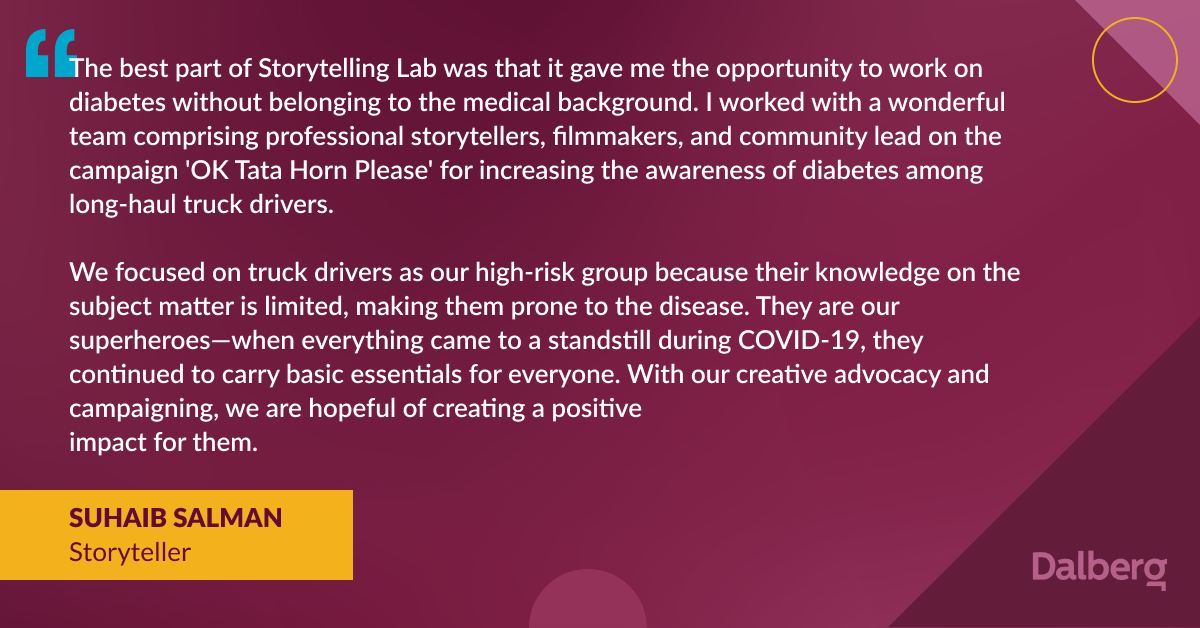
The program not only focused on developing concepts, but also ensured that actual products were designed to reach the target groups in India. Eight solutions were developed, all of which were pitched at the final event in front of skilled judges. The two most promising and feasible solutions, with significant potential for impact, were awarded 25,000 USD for implementation.
 The awareness campaign and health camps in India
The awareness campaign and health camps in India
The solution that won first place was an awareness campaign designed to educate truck drivers on preventive measures for type 2 diabetes through memorable and impactful stories. The team used animation videos to explore causes, symptoms, and treatment of diabetes. They also created social media content, set up social media channels, and conducted 3 health camps for truck drivers, where hundreds of people were screened for diabetes. The team was able to sensitize more than 500 truck drivers, engage with seven diabetes organizations and experts, and reach more than 100,000 people through social media.
The solution that took second place was an idea for a diabetes card game called “Sugarbaddies” to share information and actions for managing diabetes and reducing the risk of getting the diseases. The game was recently released and will be distributed across doctor’s offices and other relevant spaces for awareness building.

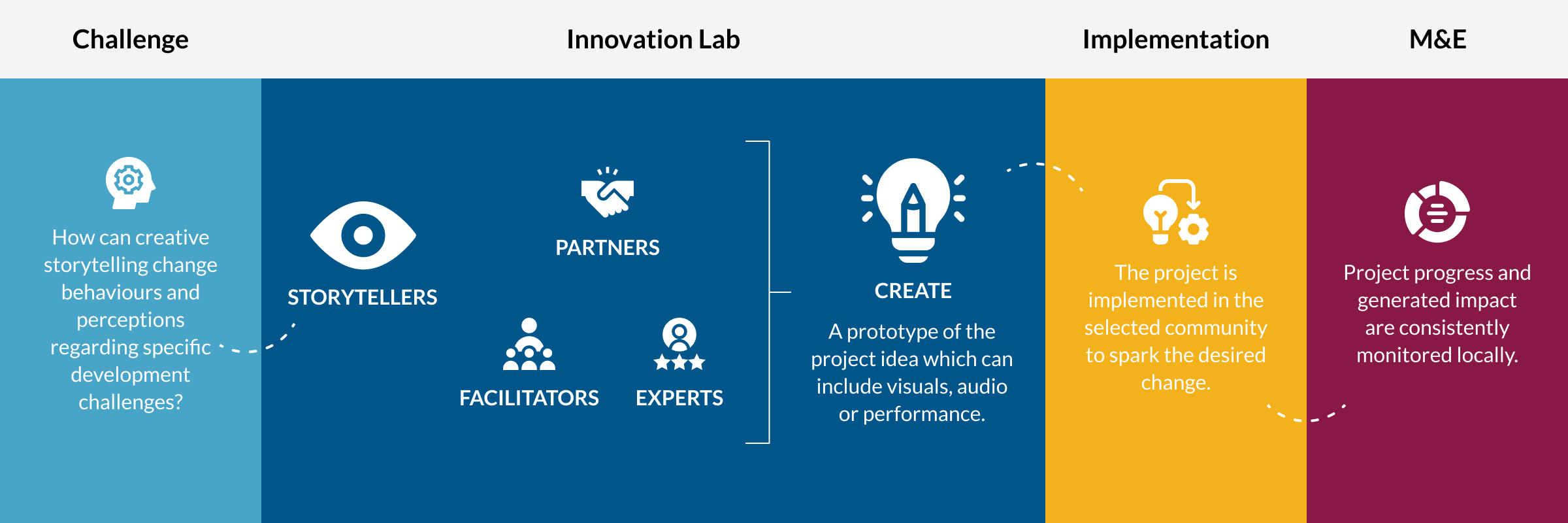
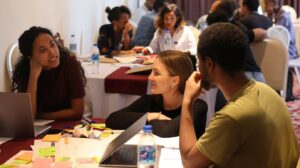
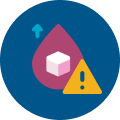
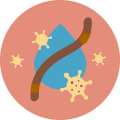
 KENYA
KENYA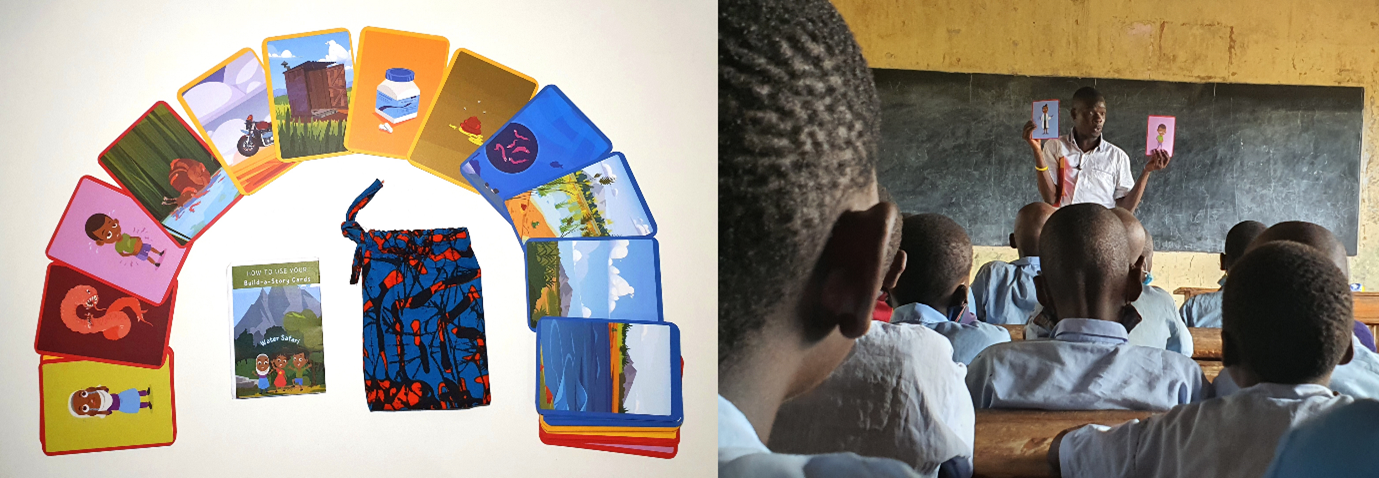
 RWANDA
RWANDA ETHIOPIA
ETHIOPIA

